A web comic of romance,
sarcasm, math, and language.
Drawing of two stick figures facing each other, each holding a drink. The figure on the left has a bright green crazy straw in their drink.
Crazy Straw Person: The thing to understand about the plastic crazy straw design world is that there are two main camps: The professionals – designing for established brands – and the hobbyists. The hobbyist mailing lists are full of drama, with friction between the regulars and a splinter group focused on loops…
Caption: Human subcultures are nested fractally. There’s no bottom.
Hover text: The new crowd is heavily shaped by this guy named Eric, who’s basically the Paris Hilton of the amateur plastic crazy straw design world.
Warning: This comic occasionally contains strong language (which may be unsuitable for children), unusual humor (which may be unsuitable for adults), and advanced mathematics (which may be unsuitable for liberal-arts majors).
This work is licensed under a Creative Commons Attribution-NonCommercial 2.5 License.
(This means you’re free to copy and share these comics (but not to sell them).

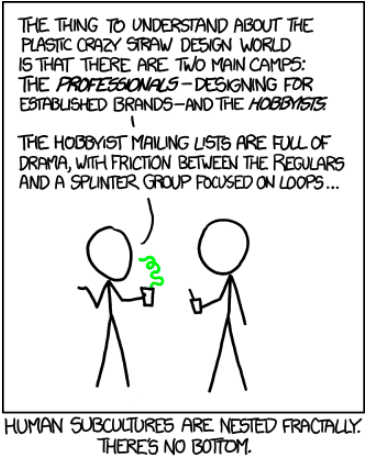
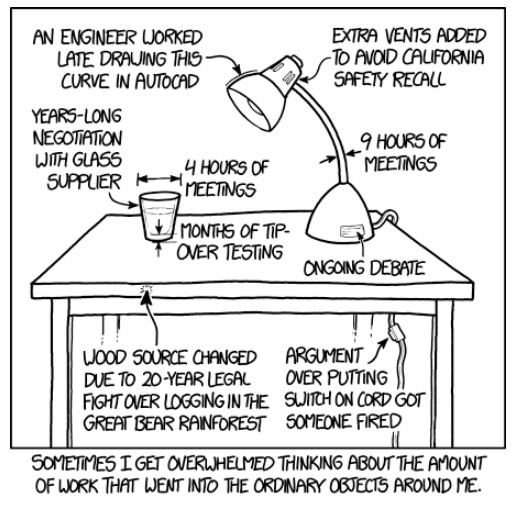
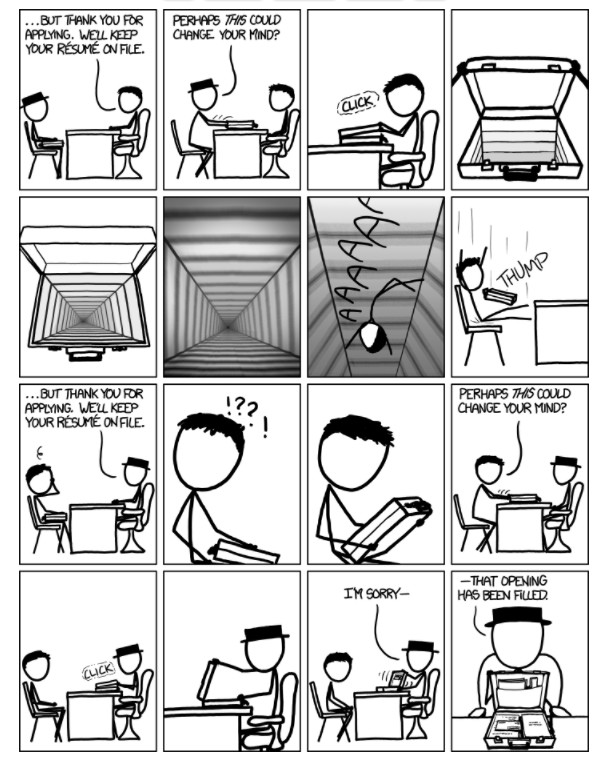

![[shortly] He ate ALL of it?](http://www.blindgadget.com/wp/wp-content/uploads/2017/05/XKCD-1092-Michael-Phelps4-1024x368.png)
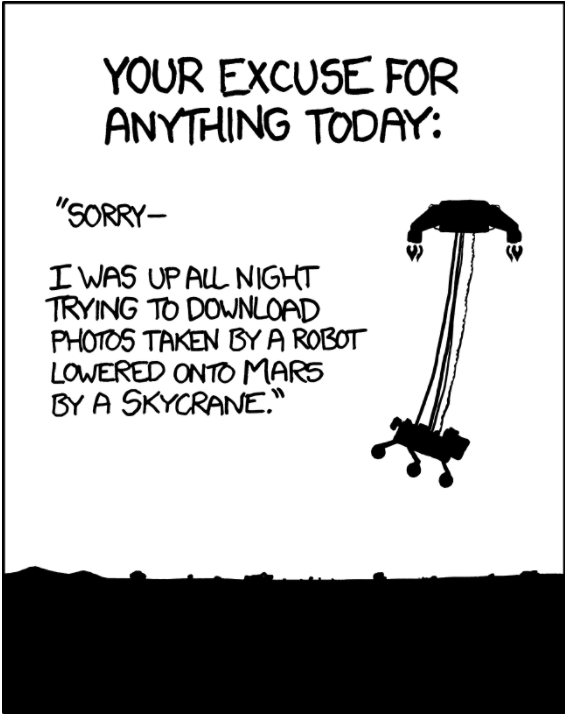
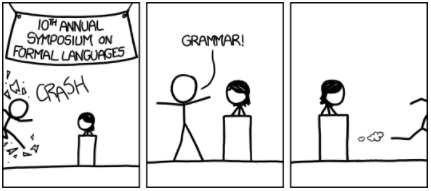

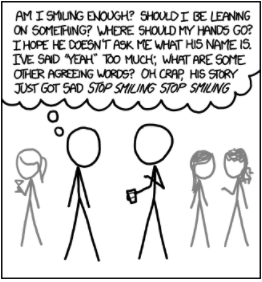
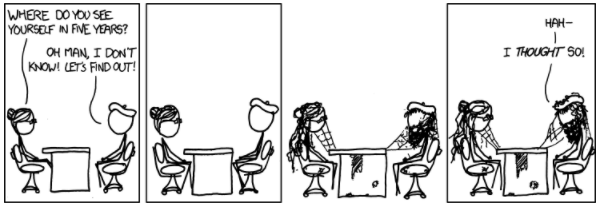

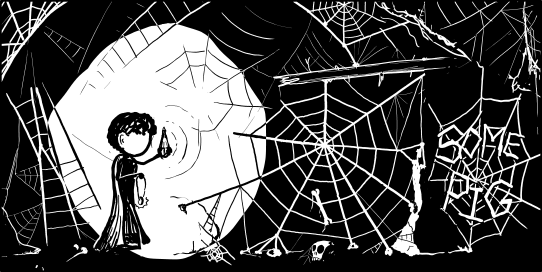
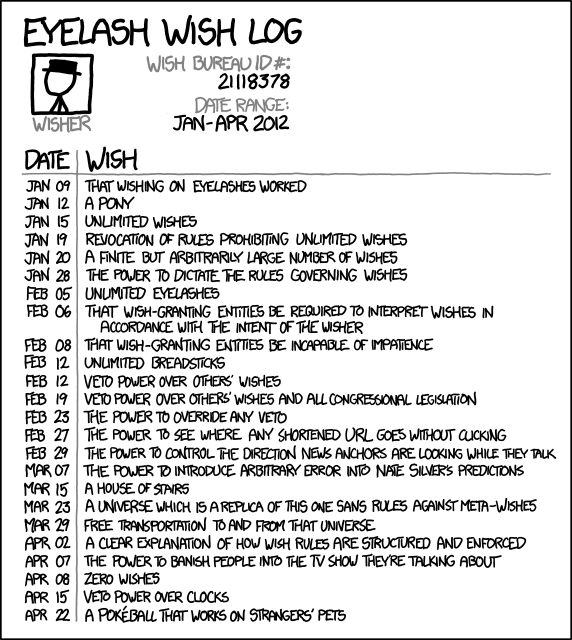
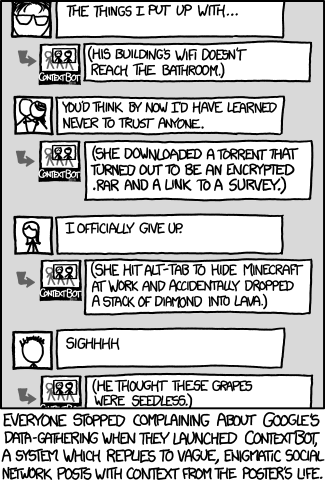
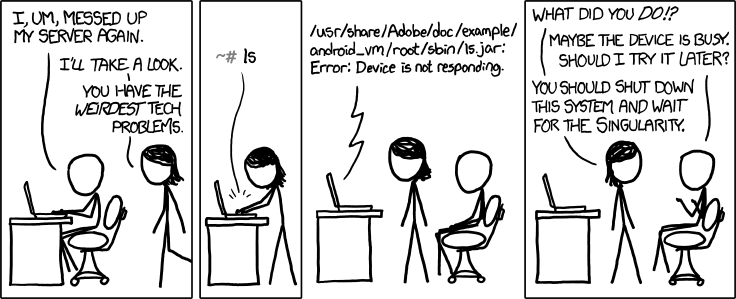

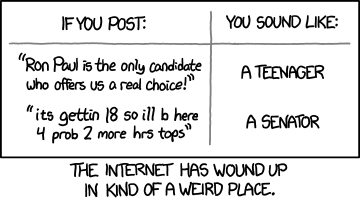
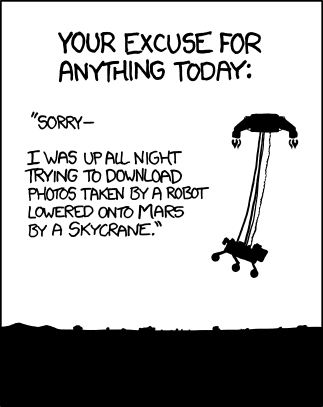
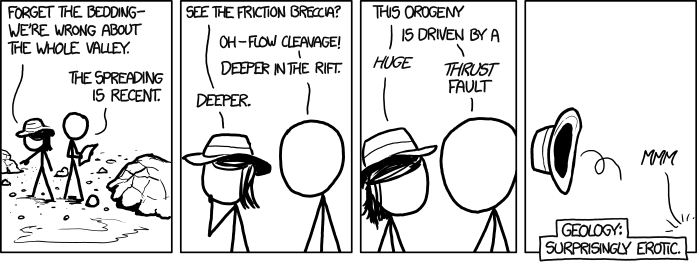

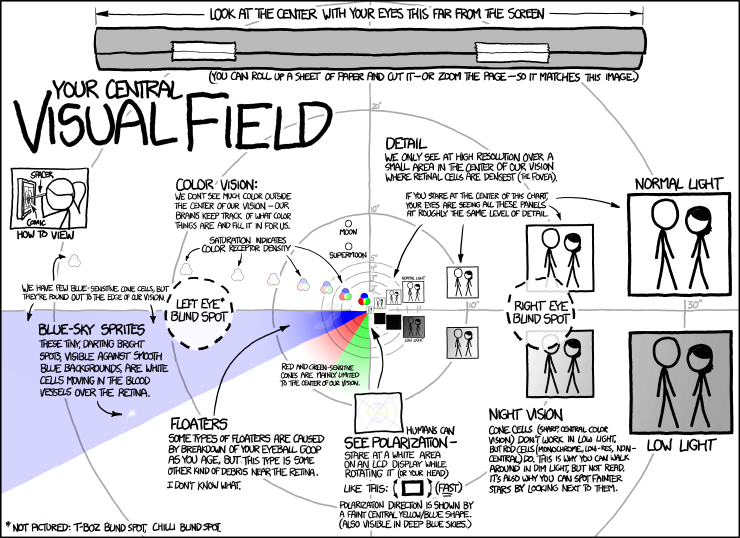
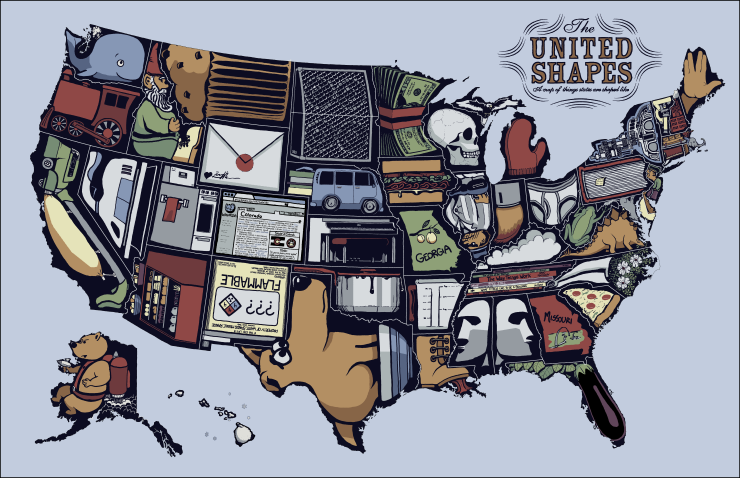
Follow us on Twitter, Like us on Facebook